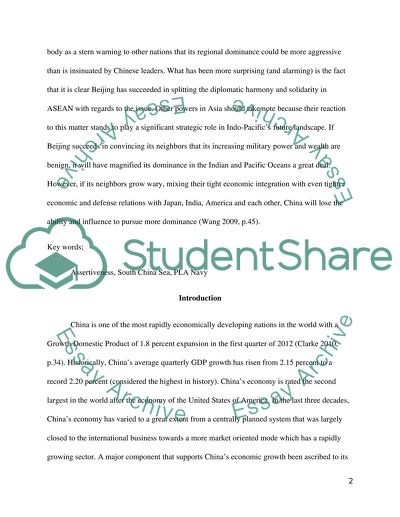Cite this document
(“China is pursuing a policy of 'creeping assertiveness' in the south Essay”, n.d.)
China is pursuing a policy of 'creeping assertiveness' in the south Essay. Retrieved from https://studentshare.org/history/1450724-china-is-pursuing-a-policy-of-creeping
China is pursuing a policy of 'creeping assertiveness' in the south Essay. Retrieved from https://studentshare.org/history/1450724-china-is-pursuing-a-policy-of-creeping
(China Is Pursuing a Policy of 'creeping assertiveness' In the South Essay)
China Is Pursuing a Policy of 'creeping assertiveness' In the South Essay. https://studentshare.org/history/1450724-china-is-pursuing-a-policy-of-creeping.
China Is Pursuing a Policy of 'creeping assertiveness' In the South Essay. https://studentshare.org/history/1450724-china-is-pursuing-a-policy-of-creeping.
“China Is Pursuing a Policy of 'creeping assertiveness' In the South Essay”, n.d. https://studentshare.org/history/1450724-china-is-pursuing-a-policy-of-creeping.


